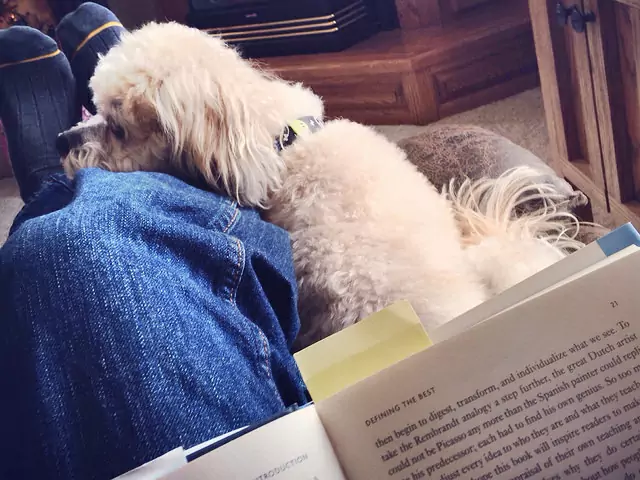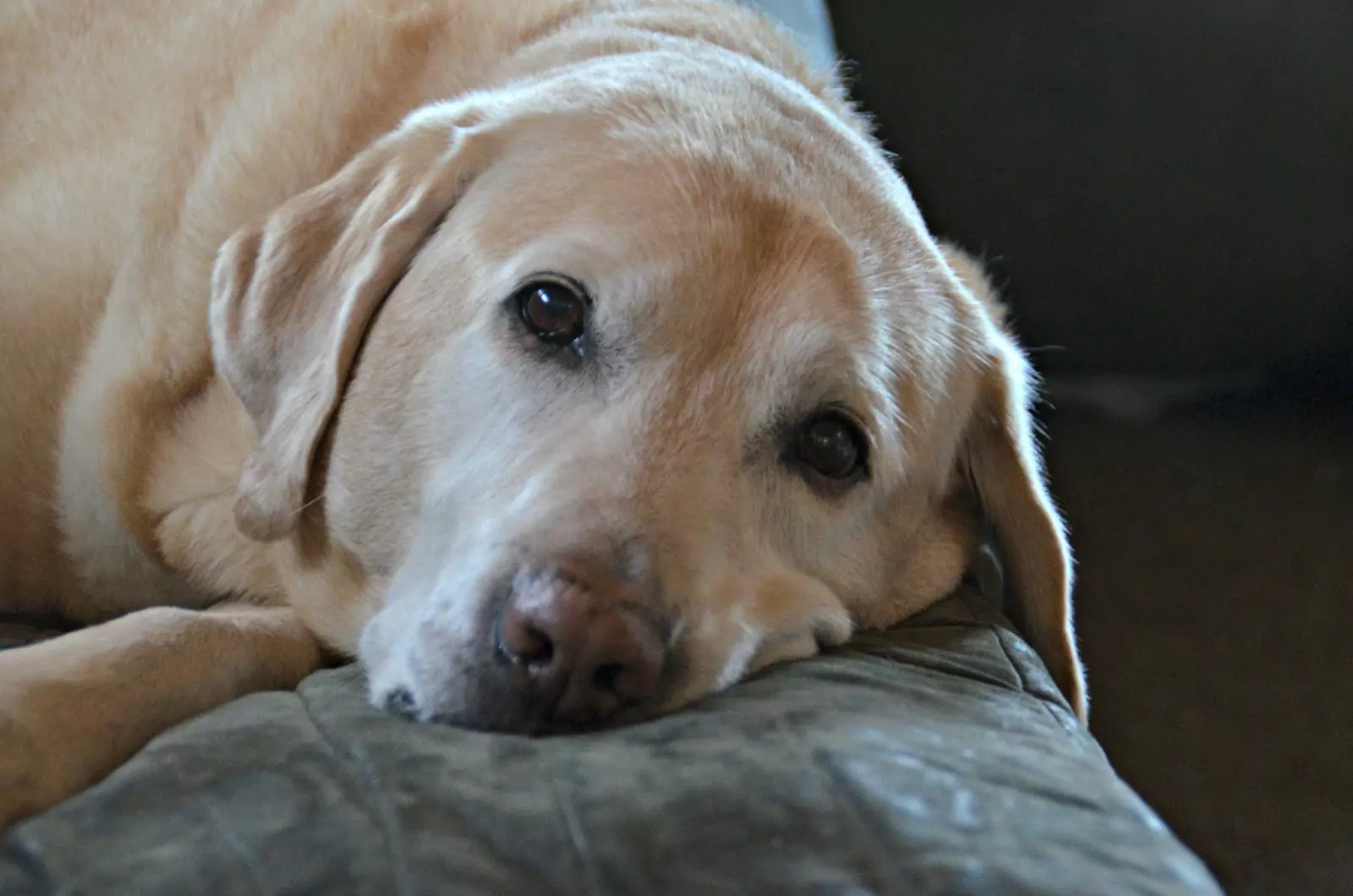What do dogs see at night?
2022-08-04
I. What can dogs see at night?
Cats are nocturnal animals, and every night they are always at home running around, either jumping on the bed or digging into the litter. But dog owners will find that dogs rarely seem to move at night. Is it because they can't see at night?
The ancestors of dogs are nocturnal animals
Whether wolves or wild dogs, they hunt at dusk or night, so they have good night vision, otherwise, they can't see their prey at night, and people hear wolves howling mostly at night. But the dogs in our family will cooperate with the owner's work and rest, the dog will have about 12 hours of sleep a day, when the owner sleeps and no one plays with him, the dog can only sleep together.
The structure of a dog's eyes
The structure of a dog's eyes is similar to a human's but different in some details that cause them to see better than we do in the dark. Dogs have larger pupils than we do, just like cats and other mammals. Also, dogs' eyes have a choroidal layer, a structure that acts as a mirror to reflect light from the retina and project it back onto the retina again, allowing dogs to see clearly in low light conditions such as at night.
Both cats and dogs have a choroidal layer, and when owners take pictures or videos of them at night, they will notice that their eyes are glowing, which is the light reflected from the choroidal layer. Not only that, both dogs and humans contain optic rod cells in their retinas. Optic rod cells are cells that sense low light stimuli and are also very sensitive to the intensity of light, so dogs can see more clearly in low light conditions.
What if your dog can't see at night?
If you find that your dog does not see at night, it may be suffering from an eye disease, and older dogs in particular are at a higher risk of developing eye disease. Older dogs are more likely to develop nuclear sclerosis, cataracts, and swollen eyes, all of which can affect your dog's vision. If your senior dog can barely see during the day and then becomes completely disoriented at night and bumps into furniture, it's a good idea to take him to the vet for a checkup.
Dogs can also develop eye diseases such as glaucoma, conjunctivitis, and keratitis for other reasons, which can make it difficult for them to see food during the day. Not only that, but some dogs may also develop progressive retinal atrophy, a disease that affects the light-sensitive cells in the eye and makes dogs slowly go blind, which can occur in dogs of any age breed.
Progressive retinal atrophy is an inherited disease, and dogs like the Cavalier King Charles Spaniel, Labrador, Golden Retriever, Old English Sheepdog, Cocker Spaniel, and Rottweiler are at a higher risk of developing the disease. If a dog has progressive retinal atrophy, the first thing an owner will notice is that the dog cannot see at night. Once it's nighttime, the dog may become anxious and nervous, and may accidentally bump into furniture and get injured.
However, dogs rely on their sense of smell to perceive the outside world, and if they do accidentally lose their sight due to eye disease, they can be trained to live well with their sense of smell. Of course, the best case is to prevent eye disease, after all, blindness will still cause some inconvenience to the dog's life, owners can take their dogs to regular medical checkups, and usually do a good job of cleaning the dog's eyes. Have you ever taken interesting photos of your dog's eyes glowing? Or have you seen a dog's eyes glowing at night?
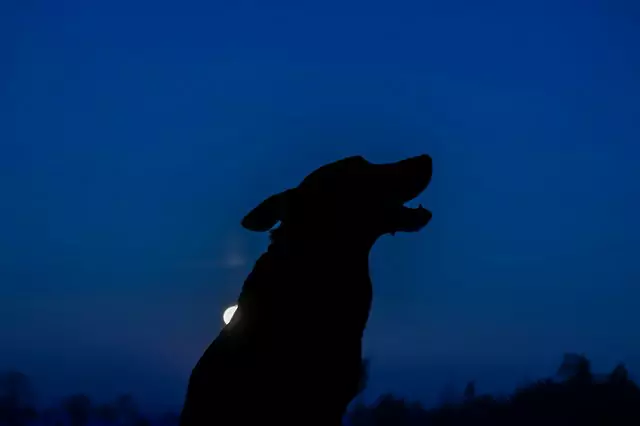
II. Why do some dogs have reflective eyes in the dark?
Dog owners don't know much about the many abilities their dogs possess. We also like to compare them to ourselves: for example, the ability to smell in canines and humans, or the difference between the number of years a dog is old and the age of a human.
What dogs see in the dark, and what they see, is one of the topics that dog lovers often ask about. For example, what can dogs see in the dark? Why do some dogs have reflective eyes in the dark?
Therefore, it is important to first understand how the dog evolved - what its functions are and how they affect his vision. As natural predators, dogs are nocturnal hunters, and our pet dogs evolved to be wild dogs, which means they are mainly active at dusk and dawn. They need to be able to observe movement in the dim light to track and catch their dinner (or breakfast).
Structure of the canine eye
To be able to navigate in the dark, like the eyes of cats and other mammals, the pupil of the canine eye is larger than that of a human. In the anatomy of the eye, the retina has photosensitive cells called optic rods that help animals or humans see in low light. Dogs have more of these rods than we do. The retina also has cones, and they determine the colors that dogs can see.
An animal's ability to see in the dark is also affected by the flicker fusion frequency (FFF) (or threshold). This is the frequency at which flicker light no longer flickers (meaning it behaves as constant illumination). In general, the faster a species moves through its environment, the higher its FFF.
However, the dog's secret weapon for being able to see in the dark is part of the canine eye, the fleece layer acting as a mirror within the eye, reflecting the light entering it and providing another opportunity for the retina to register the light. As a result, dogs can see in the dark and other low-light conditions better than humans
No doubt you will see dogs' eyes see a creepy yellow-green glow when light hits them at night, for example from headlamps or flashlights, and photographs (caused by camera flashes).
This is the lighted surface of the fleece layer that reflects the retina any light not captured by the photosensitive cells, thus giving the photoreceptors a second chance to capture the dim light. Light enters the eye. It amplifies this light through a phenomenon called fluorescence. This not only increases the brightness of the light but also slightly changes the color of the reflected light. The color shift causes the wavelength of the light to be closer to the wavelength to which the light stick is most sensitive and can best be detected. Moreover, the fleece felt layer reflects 130 times more light than the human eye. This is why dogs are five times more sensitive to light than we are.
Adding to a dog's special ability to see in the dark is their increased visual field: most breeds have a visual field of about 250 degrees. Compared to ours, it is about 190 degrees.
So then, dogs can see better in the dark than we humans can oh.
Three, what do dogs see when they stare at a place and bark at night?
The first thing you should do is to take a look at the photos.
Some people say this is because dogs are very spiritual animals, they can see some things that the human eye can not see. In some more backward places, people believe that the dog can see some ghosts floating out at night, so it will be so barking, of course, this is a more superstitious argument, because the world simply does not have such things as souls.
So what exactly do dogs see before they go to stare at a place and keep barking? Does it mean that they see something that has not been discovered by humans, or that they become more excited at night?
Actually no, this is related to the biological habits of dogs, canines are very sensitive animals, and their sense of smell and hearing are incomparable to humans. And the night is quieter, without the interference of so many people and noise during the day, the dog's attention will be very focused, so much so that the subtle changes in the surrounding environment will be more sensitive.
And night time is usually some insects and small animals out of activity time, especially in the park or community downstairs, once at night there must be some rats ah stray cats or something, we will not even notice these things when walking the dog, but dogs are different, these invisible things for them is a very serious problem. They will think: you demons and monsters, hiding in the grass, is not trying to plot against our master! You dare to come over I will teach you a good lesson. But such good intentions are usually not understood by the pooper scooper, the pooper scooper will usually think: barking what it silly dog, do not quickly go.
So if your dog is at home and staring at a place barking wildly, you can go over and take a look, maybe there are mice or some cockroaches at home or something.
The other thing is that dogs have one of the best senses of smell in the world, and they can smell even the smallest smell, especially some unfamiliar smells. If the dog is not familiar with the smell, they will think that a stranger is coming, to notify the pooper scooper, and some smells are likely to come from elsewhere, there is no stranger, then the pooper scooper and throw a blank look at the blind dog!
But the dog's habit of making good use of this is also very good, like in the countryside many people will have a dog to watch the home, is the use of this habit of the dog. Once the family came to a stranger or intruded on some strange animals, the dog will the first time to notify the owner, so the dog in the evening when staring at a place barking is not a very strange thing.
Was this article helpful to you?
Other links in this article
English:
What do dogs see at night?
Deutsch:
Was sehen Hunde nachts?
español :
¿Qué ven los perros por la noche?
Français:
Que voient les chiens la nuit ?
Italiano:
Cosa vedono i cani di notte?
Nederlands:
Wat zien honden 's nachts?
Polskie:
Co widzą psy w nocy?
Português:
O que é que os cães vêem à noite?
português (Brasil):
O que os cães vêem à noite?
русский:
Что видят собаки ночью?
日本語:
犬は夜、何を見るのか?
中文简体:
狗在晚上看什么?
中文繁体:
狗在晚上看什么?
Comments

Why do cats sleep so much? How long do cats sleep in a day? Cats' sleep cycles, sleep habits, and dreaming

Why is my cat losing its hair?

Why do cats purr?
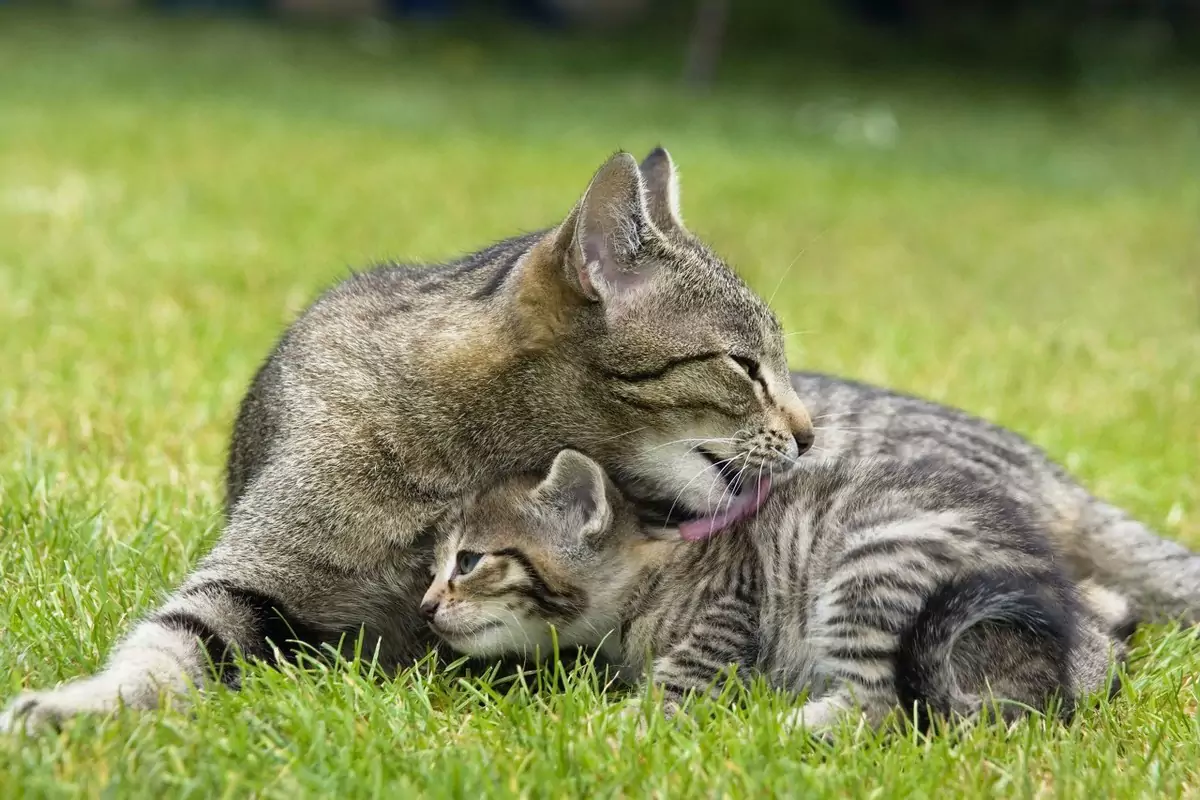
Why do cats groom each other?

How long do cats live indoors? Do cats get lonely?
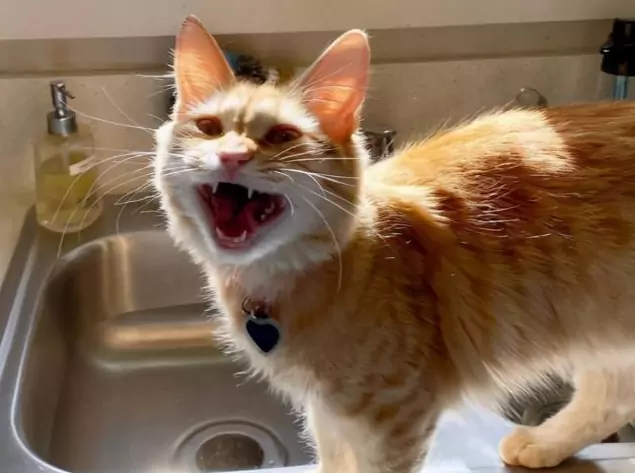
Why do cats make hissing noises? The origin of the hissing sound of cats

Are potatoes toxic to cats? What causes the onset of potato sprout poisoning in cats?

Why does my cat sleep on top of me? Reasons why cats like to sleep next to their owners
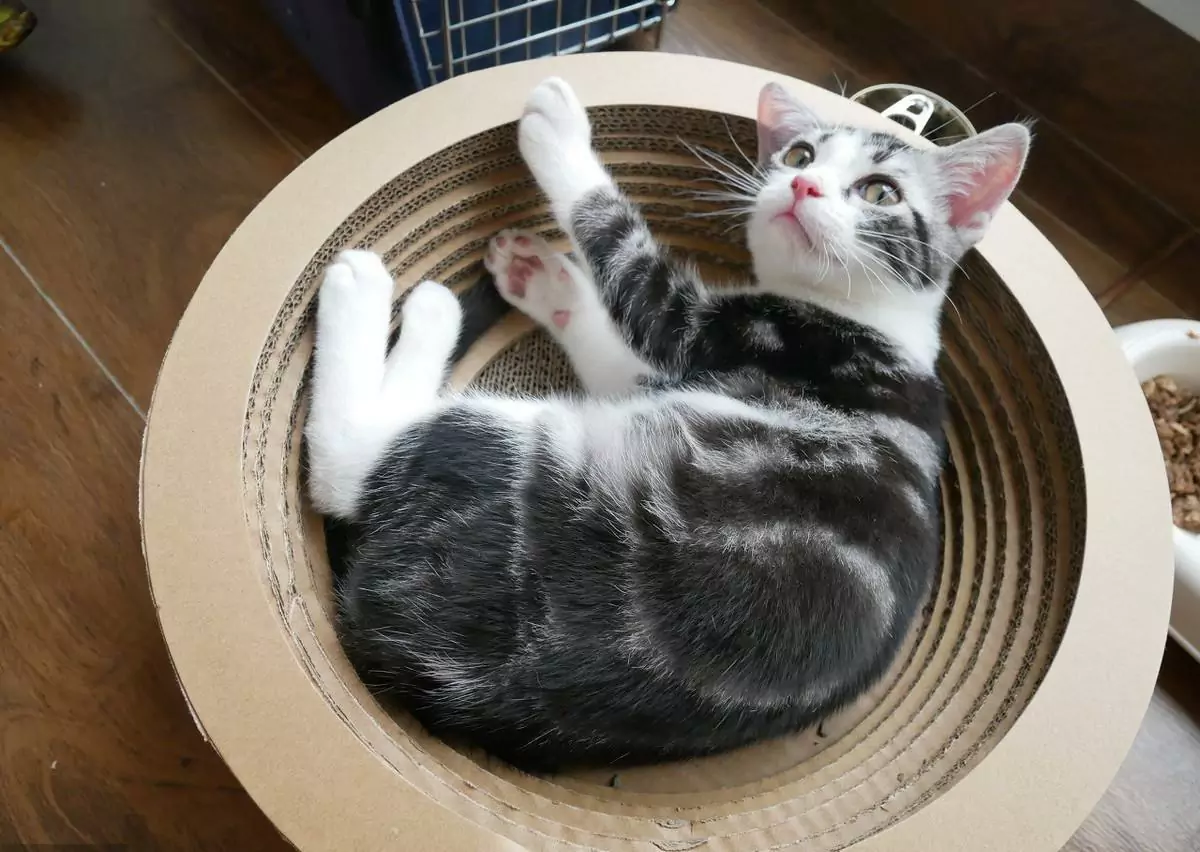
How do make cats like you? How to get cats to like us is quite simple

Can cats eat grapes? Why can't cats eat grapes?









